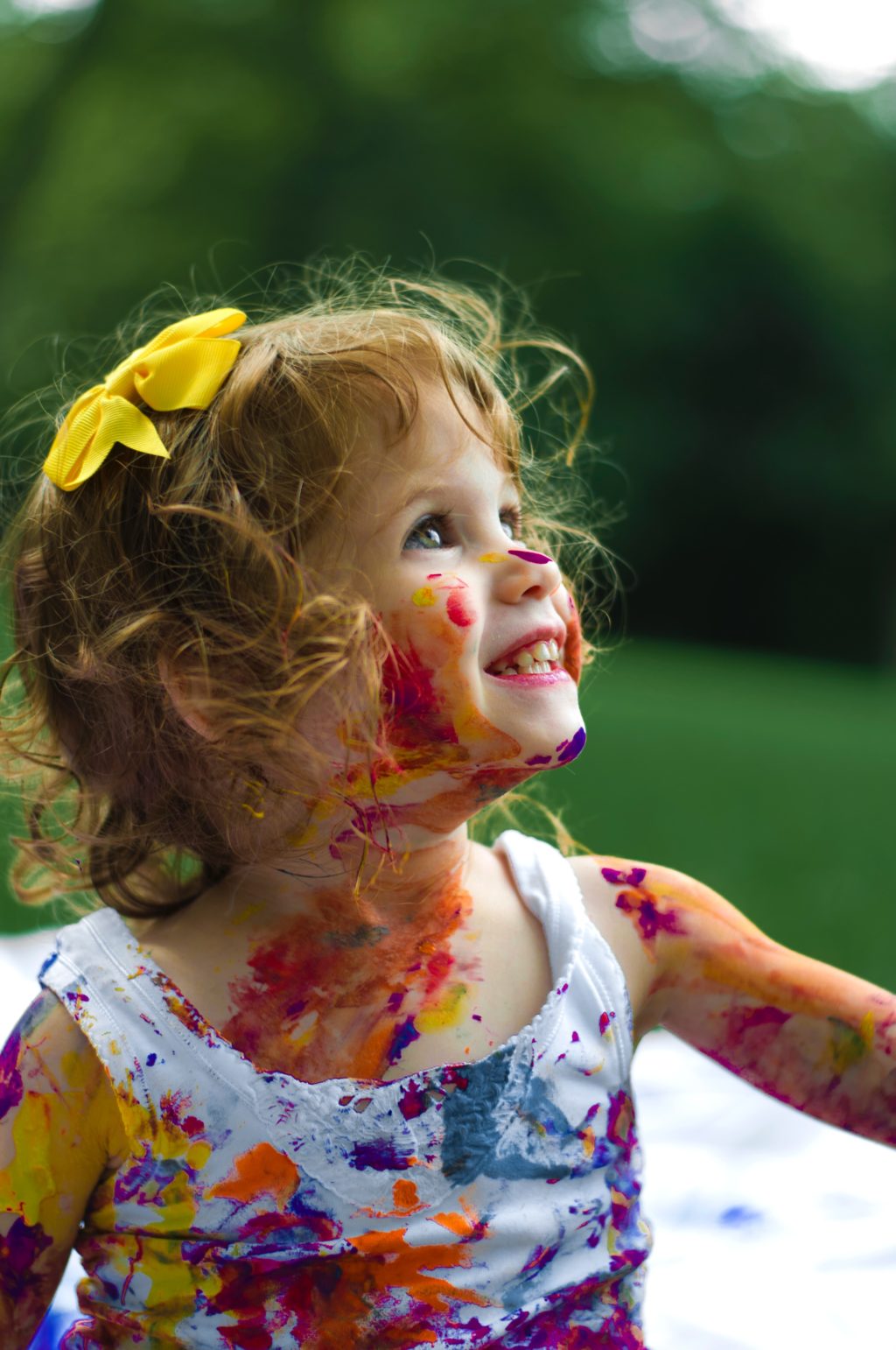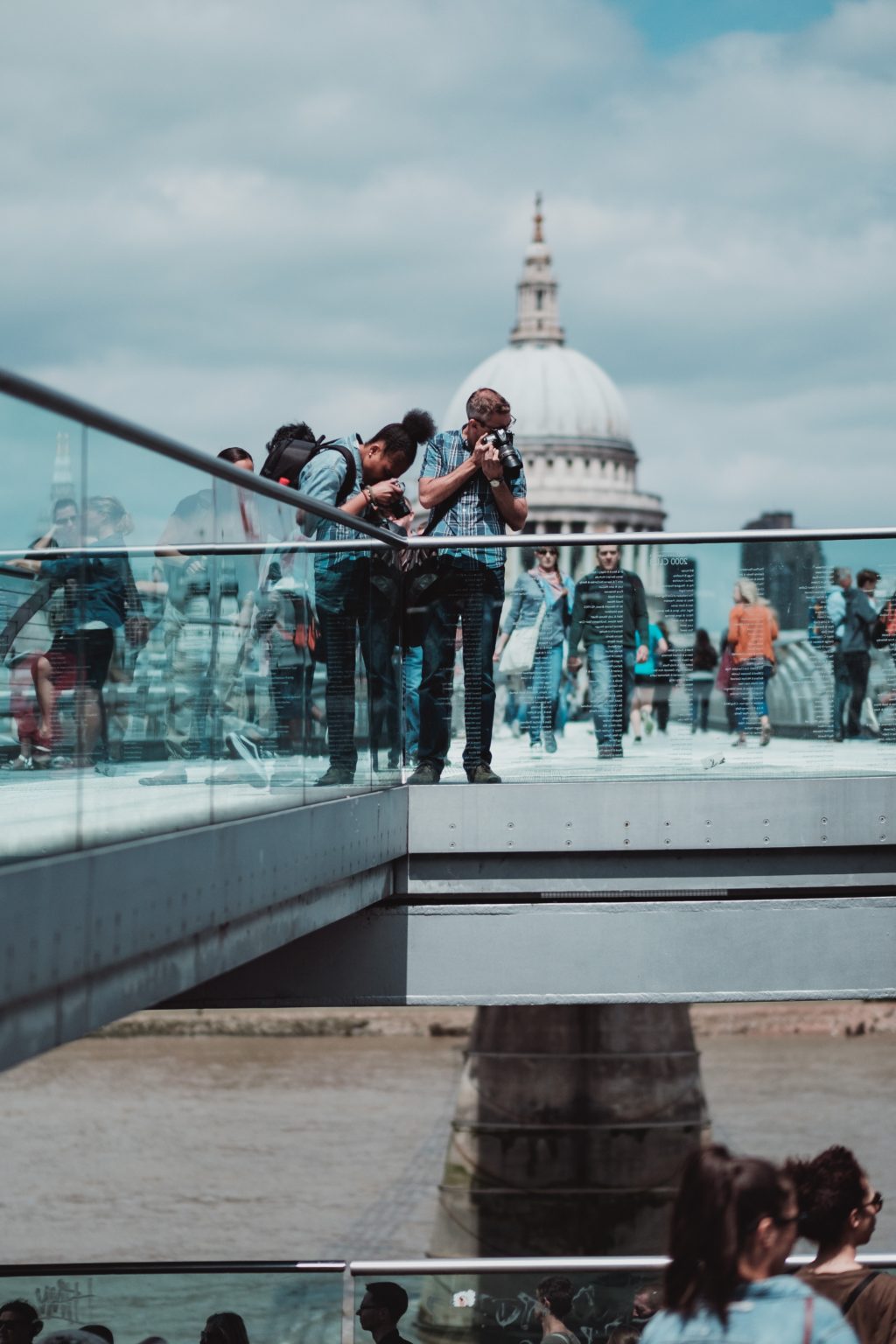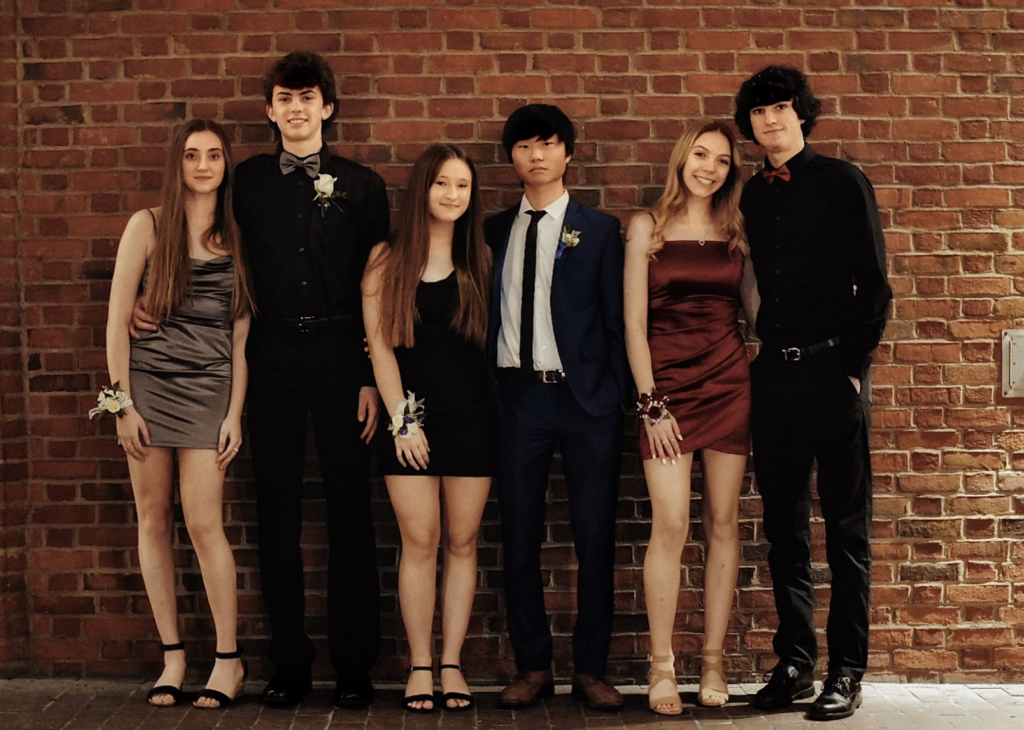Originally posted June 2014
Portraiture, lifestyle, street, and travel photography – these are some of the genres that feature people as the main subject. For some, these are enjoyable activities, being able to interact and communicate with people. Including a human element in photographs can bring a bit more life into their art. For others, it can be a disastrous nightmare, perhaps. The idea of talking with someone they don’t know very well, or being confronted by strangers they’re trying to photograph can be a bit too daunting.

Confidence is, therefore, necessary when photographing people. But, to be confident is a skill in itself and being good at it doesn't happen overnight.
The silliest advice I've ever received to help me with that is – don’t be shy. It’s probably the worst advice one can ever give someone that has little or no confidence in facing other people. It didn't work on me. I am no psychologist but since it didn't work on me, I don't suggest it to others either. So yes, I was shy. In fact, I still am. But the times I've spent taking photos of people are the most pleasurable moments I've had in my own photography journey. Although there are still times when I feel something holding me back from taking a stranger’s photograph, the possibilities of what I can create makes me feel a little bit more courageous.

Eventually being able to come up to anyone and ask them for their portraits, or not be intimidated by people who refuse has been a skill that has taken time for me to develop. Here are some of the things that helped me find the confidence to photograph people. Hopefully, it inspires you to be able to do the same.

1. Act The Way Confident People Act
Asking someone not to be shy will leave that person clueless as to what to do. It doesn't give any idea about what steps he or she can take to accomplish not being shy. But acting the way confident people act is a different story. Can you picture how confident people act? Start with the gestures, with the way you look, how you stand and how you walk. Stand upright. If you’re used to looking down all the time when you walk, start looking up. Even if you're not used to it, start smiling at people you know. Later, smile at people you don’t know. These gestures can be practised and over time, it becomes a habit. Remember, practice makes permanent. Soon enough you will feel a little more confident than before.
2. Feel Competent
One fool-proof way to make you feel more confident is you make yourself feel competent. Someone who lacks confidence will feel a little more at ease when they feel they have the skills to do a task. Old houses, landscapes, and inanimate objects were my first subjects. This helped me become technically competent with the camera and other fundamental photography skills. Later on, I started to research on portrait photography, posing, and how to use light on people. Afterwards, I asked friends to become my subjects. This worked for me since I felt I already knew what I was doing and I was quite comfortable taking photos of my friends. This is actually the next tip.
3. Start With Subjects That Don't Intimidate You
The worst thing that could ever happen to a shy photographer is to jump in the freezing waters of talking with strangers. Although some think this is a good idea, I think it can go both ways as it can be a good way to start with people photography or it can even be an experience that would make you never want to do it again.
It's best to start with your friends, family, and people you trust. Babies and kids are even better since you won't feel intimidated by them. Ask them to pose for you. Make it clear to them that you’re practising doing portraiture. Setting their expectations will help you breathe a bit since they will know they are just your guinea pigs. This is the perfect opportunity to practice what you've been researching. If you want candid shots, tell them what you plan to do so they can support your endeavour. From there, you can experiment on how to direct poses and make subjects feel confident because you yourself are comfortable with them.
4. Shoot With Groups
While you can go right ahead and shoot on your own, an option that really helped me out and perhaps will be good for others to do is to shoot with a group. Gather a couple of your friends for a photo-shoot, join your camera-club when they organize a trip or sign up for a photo walk in your area. Taking a class is also good since it gives you a bit more confidence to take photos since everyone is learning together. Shooting with others will give you a boost of courage and you can even take photos of each other for additional practice.
5. Always Build Trust
A fair level of trust between the subject and photographer is needed in every kind of people photography. The foundation of great posed portraits is trust. That is why it is best to start with people you know. They are comfortable with you because they know you and trust you. But even candid shots work this way. When strangers feel they could somehow trust you, they too become relaxed and confident in your presence. Strangers don’t like suspicious-looking people taking their photos. They need to be able to feel safe before you can shoot with ease. That is why tip number 1 works because acting confident seems to make one look more trustworthy.
I’m not a fan of concealing myself to photograph candid moments. Hiding does work at times, but it also makes you look like a spy with an evil scheme. But seriously, this can make people feel uncomfortable once seen. Personally, I find that being out in the open and just taking photos of everything is more effective than hiding. To reiterate, people feel safer when you don’t look suspicious.

6. Make Subjects Feel Good About Themselves
There are different levels of shyness. I know this because I meet a lot of people. Some are still able to talk with strangers but is too shy to ask for a pose. If this is you, use your ability to talk with others to your advantage. You may still be shy in asking strangers to be your subject, but being able to converse with them is indeed a great opportunity. To do this, you need to learn the art of listening. When you meet a stranger, don't do the talking. Instead, do the asking. Sure, it's important to break the ice, but you can make them feel good about themselves by letting them talk about themselves. This is initiated by you asking questions. When they engage you in a conversation, answer briefly and start asking questions. Listen well so you can make followup questions which will make them talk more. This is another way of building trust because people like people who listen. When you find an opportunity, hint that it would be awesome if you could take their portrait. The probability of that happening is very high.
7. Focus on the Positive and Prepare for the Negative
People who lack the confidence to photograph people usually dwell on two questions – what if they don't like to be photographed, and what if they get angry if I did?
Asking these what-if questions will only prevent you from stepping in with courage. Instead, ask yourself these questions: What If I were not shy just for just 15 minutes, what kind of photos can I create? What if that stranger says yes, what opportunity would that give me? What if he wants me to take more photos? What if she invites others for some more shots. Focusing on positive questions will make you feel a bit more confident because now you're focused on the end result. It is still possible though that the negative what-ifs can happen. Being prepared for it will really help. I always have two scripts ready if ever I get confronted. This rarely happens but I make sure to have a memorized answer – “I’m studying photography. I’m just learning how to take photos of people”. You can even add “Would you want a portrait? I'm still studying but you might like it?”. The other one is “Sorry, I'll just delete it”. Feel free to use the same script.
Here's an activity you can try. Take your camera and your longest lens for a walk. Pick a spot where there are some people not minding each other – a park is a perfect place. If you want to feel a little more confident, bring someone with you – your spouse, a friend, your grandson, or even your pet. Prepare your camera settings and do some test shots. When you see someone you feel you're not intimidated with, take a photo of that person at a distance. When they see you doing this, smile at them and raise and shake your camera a bit – sort of like saying hello with your camera. If they smile back, then continue shooting. When they don’t, they’ll probably just move on without minding you. If they confront you, just use the scripts I use. It works all the time in my experience.
As a final note, let me just say that digital photography has become very popular that people are becoming used to strangers carrying cameras all the time. The tolerance for people taking photos in public has increased and this gives us more confidence to take our own cameras out for some people photography. And when you do, you might even find others doing the same thing as you. Happy shooting!












8 Comments
Thank you, this really inspired me to go out and photograph! I think, above all, you just have to be genuine and real – be yourself – if you are nervous that’s fine. If you feel vulnerable then I think it’s fine for your subject to know this, empathy is so important and you havr to make a genuine emotional connection, however fleeting, to get meaningful images.
I’ve also used the “I’m a photography student” excuse before and it worked really well, people became friendly and interested!
People love to help!
The idea is just go out have fun. If you have nothing to hide then act like it 🙂
thank you for the tips. I’ve wondered how the approach to people on the street , happens. I plan on giving it a try!
Definitely my biggest struggle. I actually used some of these tips yesterday, taking my granddaughter’s prom pics, and it really helped. Shooting her is a breeze, but this ended up being a group of six. My stomach was in knots all morning. But once we got started I actually had fun, and I think they came out pretty well for my first time. Thank you!!
I would stay away from “making people feel good about themselves” aside from genuine compliments, because, especially if shy, as everyone is in their own way, anything less than real will naturally close them to the camera.
I love to take photos of people, in action, not staring at the camera. I totally agree with your description of the various points
A positive smile can do a lot and sometimes asking is just the right ice breaker. People are often proud that someone has an interest in them.
I’ve just returned from Indonesia where people loved to be photographed, also as selfies.
The good thing today is that many people hava a camera-phone. I’m not anymore having nothing in exchange of a photo: they too can take a picture.